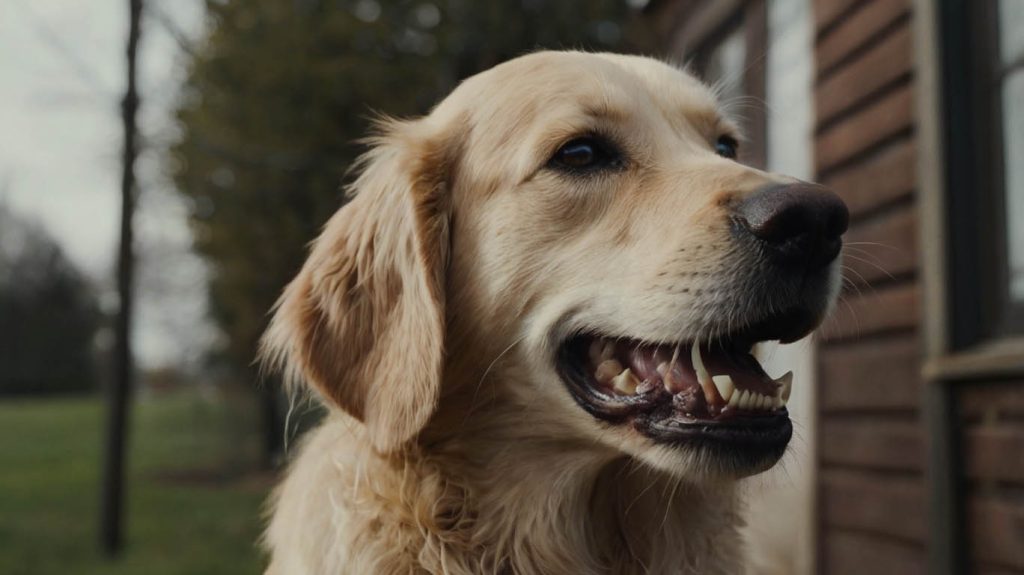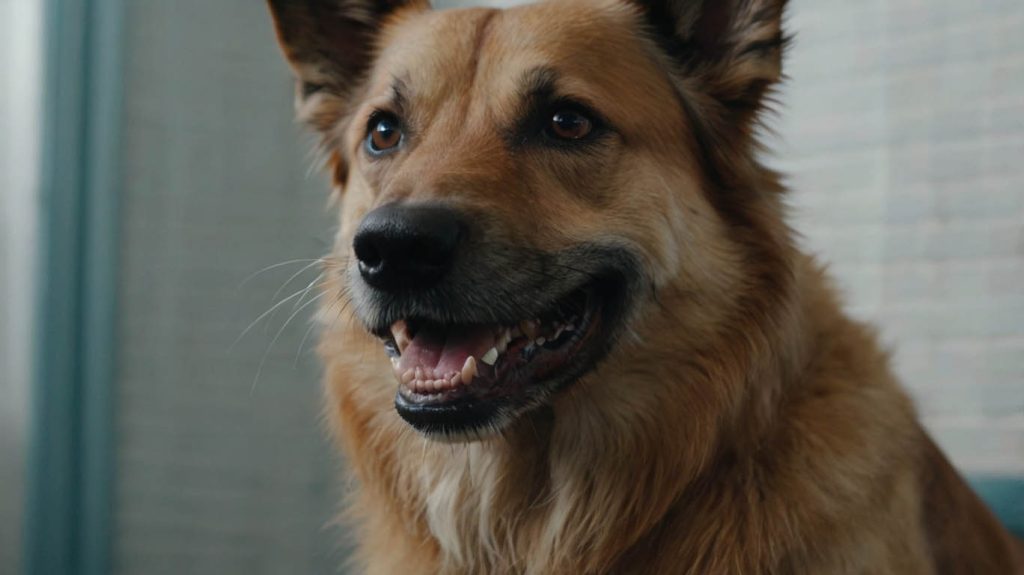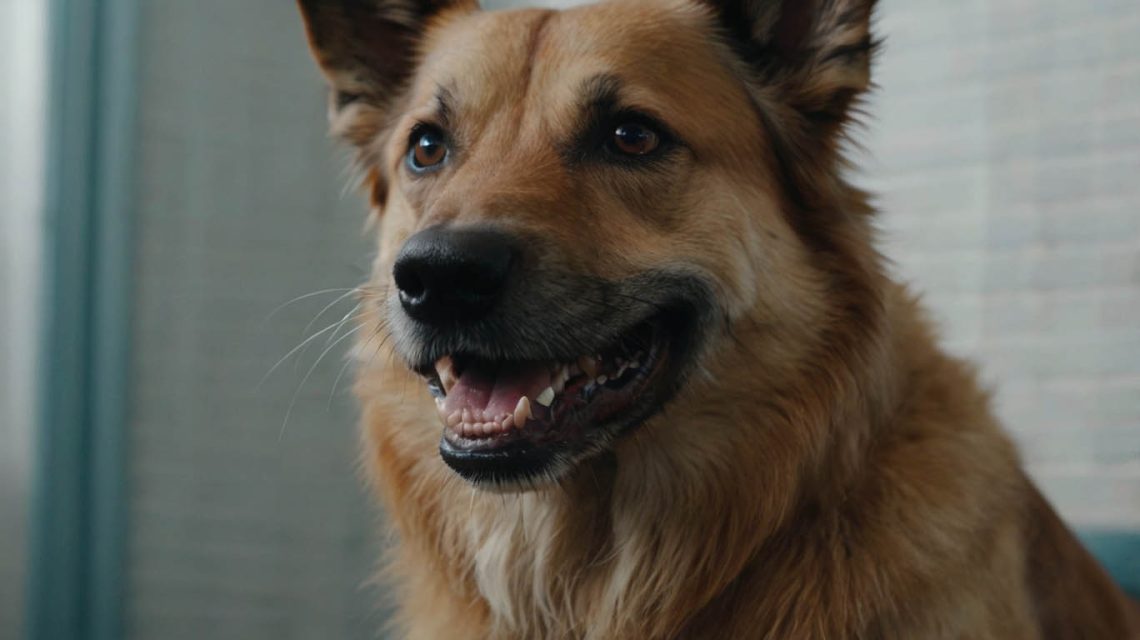How Often to Brush Dog Teeth: The Ultimate Guide to Canine Dental Health
You’re enjoying a cuddle with your beloved dog, but when they yawn or give you a happy lick, you notice their breath is less than fresh. You take a closer look at their teeth and see a yellowish-brown buildup near their gums. You know dental health is important, but you’ve always been a bit unsure about the specifics for your pet. Consequently, this leads you to ask one of the most vital questions a responsible dog owner can ask: how often to brush dog teeth for optimal health?
Many people believe that a few dental chews are sufficient for their dog’s oral hygiene. While these can certainly help, they are not a substitute for the mechanical action of brushing. The answer to this question is likely more frequent than you think, and the reasons why are critical to your dog’s overall well-being. Therefore, this guide is designed to provide the definitive, vet-recommended answer. We will explain the ideal brushing schedule, detail the serious risks of dental neglect, and provide a step-by-step plan to make brushing a simple and positive part of your routine.
The Gold Standard: The Ideal Answer on How Often to Brush Dog Teeth
Let’s get straight to the expert consensus. To provide the best possible defense against dental disease, the gold standard is to brush your dog’s teeth every single day.
This answer may seem surprising or even daunting, but the science behind it is straightforward. A sticky, bacteria-filled film called plaque starts to form on the teeth within hours after a meal. In as little as 24 to 48 hours, this soft plaque begins to mix with minerals in the saliva and hardens into tartar (also known as calculus). Tartar is a hard, crusty substance that provides a rough surface for even more plaque to accumulate. Importantly, tartar cannot be removed by brushing alone; it requires a professional scaling by a veterinarian. Daily brushing is the only at-home method that effectively removes the soft plaque before it can harden into tartar.

Why It’s Critical to Know How Often to Brush Dog Teeth
Understanding the “why” behind this daily recommendation is key to staying motivated. Neglecting your dog’s teeth is not just a cosmetic issue of bad breath; it’s a major health concern.
The Threat of Periodontal Disease
According to the American Veterinary Medical Association (AVMA), a leading authority on pet health, periodontal disease is the most common clinical condition affecting adult dogs. By the time they are three years old, most dogs have some evidence of it.
- What it is: Periodontal disease is a progressive infection and inflammation of the gums and the structures that support the teeth. It begins as gingivitis (red, swollen gums) and, if left untreated, can advance to periodontitis, which destroys the bone and tissue holding the teeth in place. This can lead to severe pain, loose teeth, and tooth loss.
- The Systemic Health Risk: The danger doesn’t stop in the mouth. The bacteria from a diseased mouth can easily enter the bloodstream. From there, these bacteria can travel to and cause damage to vital organs, including the heart, liver, and kidneys.
A consistent routine is your best weapon against this silent but serious disease. Knowing how often to brush dog teeth is a cornerstone of your dog’s preventative healthcare.
A Realistic Goal: “What If I Can’t Brush Every Day?”
While daily brushing is the ideal, life can be busy. If a daily commitment isn’t feasible, the absolute minimum frequency you should aim for is three times per week.
Brushing less often than this allows plaque enough time to harden into tartar between sessions, which significantly undermines the effectiveness of your efforts. Remember, any brushing is better than none, but the more frequently you can do it, the healthier your dog’s mouth will be.

How to Get Started: Making Brushing a Positive Experience
The key to long-term success is to introduce brushing slowly and positively. You want your dog to see it as a special treat time, not a struggle.
Step 1: Gather Your Supplies
- Dog-Specific Toothpaste: Never use human toothpaste for your dog. It often contains xylitol, an artificial sweetener that is extremely toxic to dogs, and fluoride, which can cause an upset stomach. Dog toothpaste is formulated to be safe to swallow and comes in enticing flavors like chicken or beef.
- A Dog Toothbrush or Finger Brush: A toothbrush designed for dogs will have a better angle and softer bristles. A finger brush, which is a soft rubbery cap that fits on your finger, is an excellent tool for starting out.
Step 2: The Introduction Phase (Days 1-3)
- Introduce the Toothpaste: Put a small dab of the dog toothpaste on your finger and let your dog lick it off. Do this a few times a day. You want them to associate the toothpaste with a delicious treat.
- Touch Their Gums: Once they eagerly lick the paste, put some on your finger and gently rub it along the outside of their gums and teeth. Keep it brief and positive, followed by lots of praise.
Step 3: Introduce the Brushing Tool (Days 4-6)
- Let Them Lick the Brush: Put the tasty toothpaste on the brush and let your dog lick it off.
- Start Brushing a Few Teeth: Gently lift their lip and brush one or two of the big canine teeth in a gentle, circular motion for just a few seconds. Follow immediately with praise and a reward.
Step 4: Build Up the Duration (Week 2 and Beyond)
Gradually increase how many teeth you brush and how long you brush for. Your goal is to eventually be able to brush the outer surfaces of all their teeth for about 30-60 seconds in total.
Beyond Brushing: Other Tools for a Healthy Mouth
While brushing is the most important part of home care, other products can supplement your routine.
- Dental Chews, Treats, and Toys: Look for products that have earned the Veterinary Oral Health Council (VOHC) Seal of Acceptance. This seal means the product has been scientifically proven to reduce plaque and/or tartar.
- Dental Diets and Water Additives: Your vet may recommend a prescription dental diet or a water additive that can help reduce plaque buildup.
For a complete overview of all your options, our guide on The Best Ways to Clean Your Dog’s Teeth can be an excellent resource.
The Role of Your Veterinarian
Home care is essential, but it does not replace the need for professional veterinary dental care. Your dog’s teeth should be examined by your veterinarian at least once a year. They can identify problems you might miss and will let you know when a professional cleaning under anesthesia is needed to remove tartar, check for issues below the gumline, and take dental x-rays.
An Investment in Their Overall Health
The answer to “how often to brush dog teeth?” is a commitment to your dog’s long-term health and comfort. A few minutes of your time each day can prevent painful and expensive dental problems, protect their vital organs, and add more happy, healthy years to the life you share with your best friend.
What are your go-to tricks for making toothbrushing a positive experience for your dog? Share your advice in the comments below!


